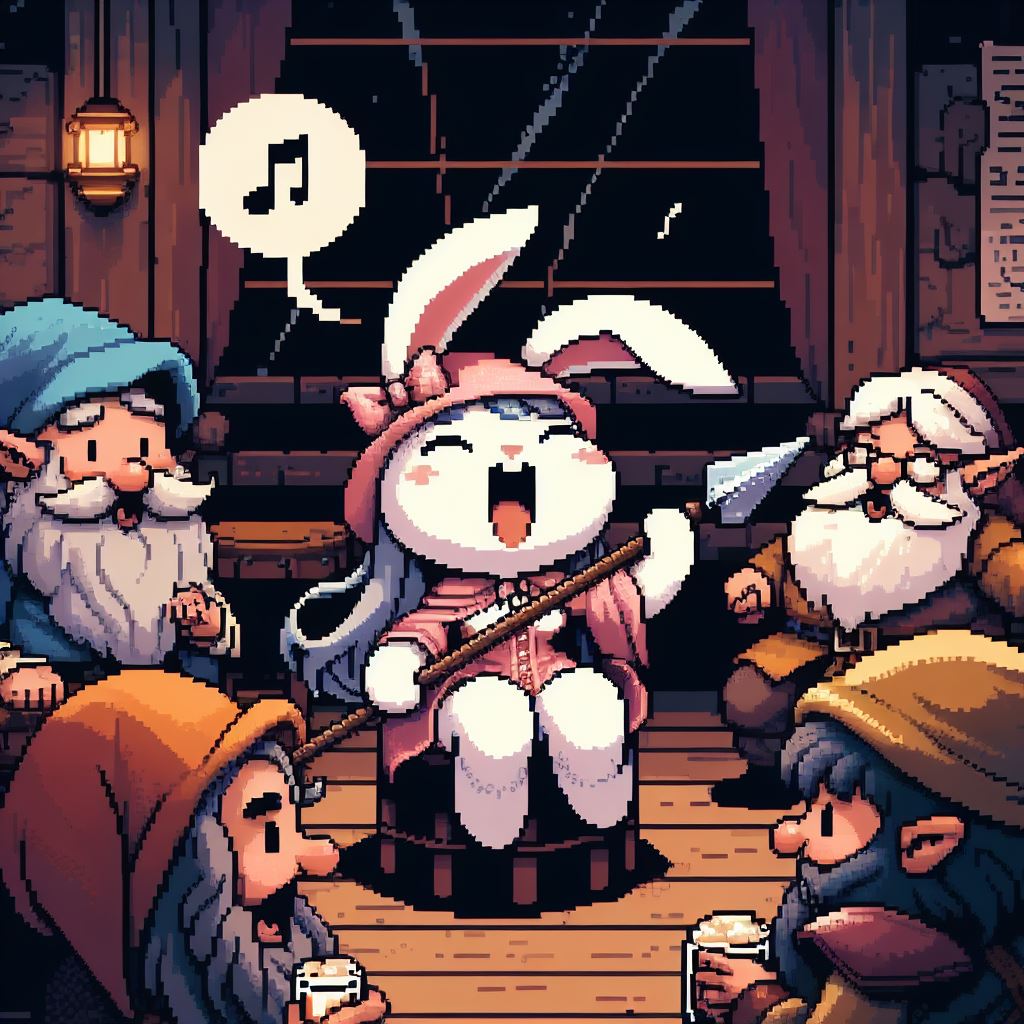This week, we’ve got tons of dwarfy news, musings on how Dwarf Fortress allows for so much creativity, and updates from our forts. Kristin has a wereracoon problem, and Drew’s mayor has a vendetta against mandrake juice. Plus, we’re both very tired and silly for this Monday recording, so enjoy some digressions into dwarven poetry and a lot of giggling. Don’t try mandrake juice, kids, not even once!
Extra info:
- Join Our Discord: https://discord.gg/ZK7j7dYxsD
- Stephen’s Story Dwarves – Real Dwarf Music – https://www.youtube.com/watch?v=3lc1LeYm3s8 (awesome as always!)
- Be sure to hop onto the discord to hear a sneak peek at Stephen’s upcoming project: “The Ballad Of Urist And Bembul” https://discord.com/channels/1087366752419184800/1087366753396461715/1207351915499757670
- And check out Rurik’s tutorials: https://discord.com/channels/1087366752419184800/1158393708710990005/1202871765051899974 !
- Old Poetry Corner:
- Harborpirate: A poem conforming to The Yells Of Courage (A five syllable poem emphatically renouncing immorality with vivid imagery):
“I renounce long life!”
“Hark, immortals stink!”
This poem structure is hilarious. - Storydwarf / Stephen:
A 5-syllable poem renouncing immortality:
“We are stars when dead” - Agberts’ Against Immortality:
“die now
Die Now
DIE”
Truely a fitting cover piece for the Book of Grudges.
- Harborpirate: A poem conforming to The Yells Of Courage (A five syllable poem emphatically renouncing immorality with vivid imagery):
- New Poetry Corner:
- The Rhythmic Dumplings is a solemn poetic form intended to describe alcoholic beverages, originating in (human) The Maroon Kingdoms. The form guides poets during improvised performances. The poem is a series of quintains. The Rhythmic Dumplings is always written from the perspective of the author. Use of alliteration is characteristic of the form. Each line has four feet with an accent pattern of stressed-unstressed (qualitative trochaic tetrameter).
- The Rampart of Roughness is a solemn poetic form intended to express pleasure with crafts, originating in The Mine of Fealties. The rules of the form are applied by poets to produce individual poems which can be recited. The poem is a single tercet. Use of assonance and vivid imagery is characteristic of the form. Forms of parallelism are common throughout the poem, in that certain lines are required to maintain phrasing and they have similar grammatical structures. Each line has six syllables. The third line of the tercet shares the underlying meaning of the first line. The third line of the tercet reverses the grammatical structure of the first line.



Transcript (see README for more details)
